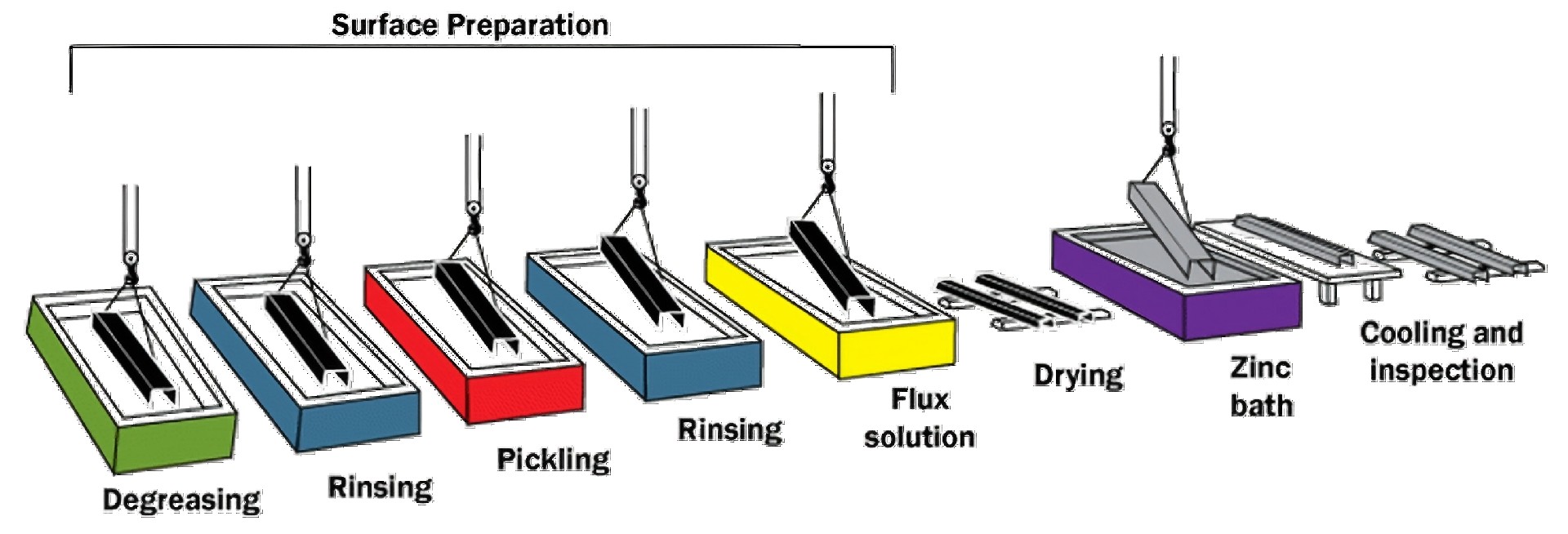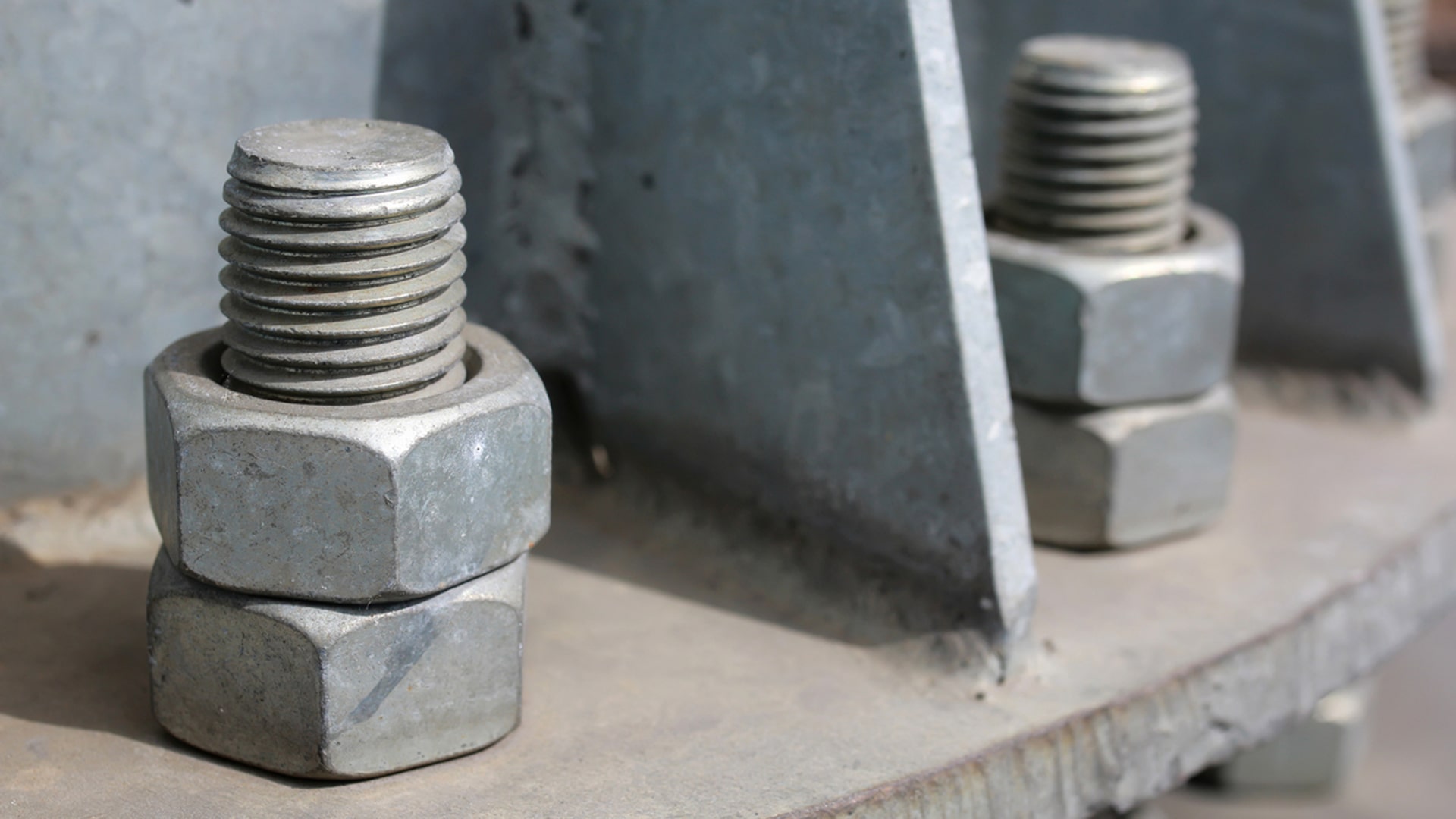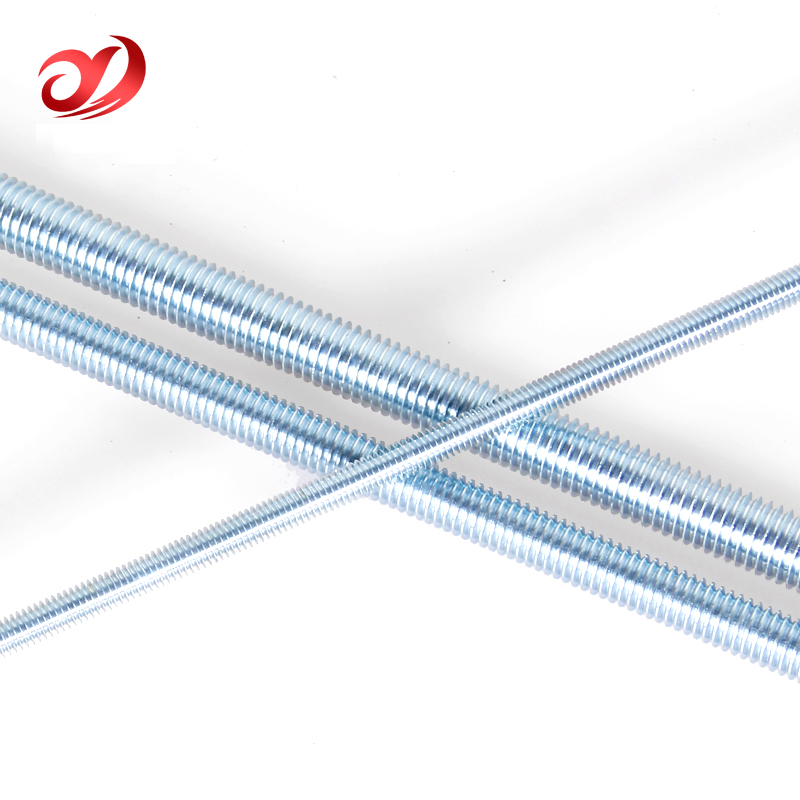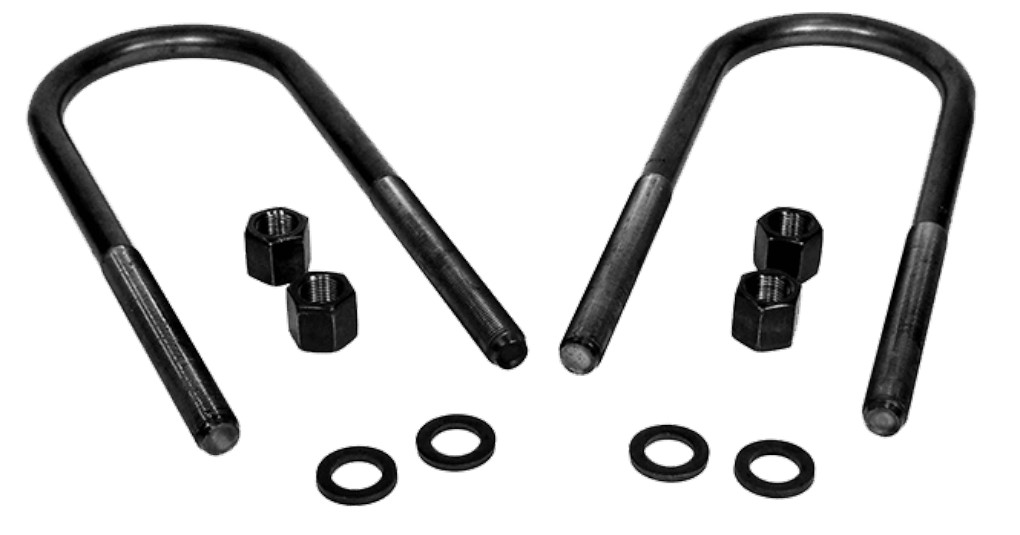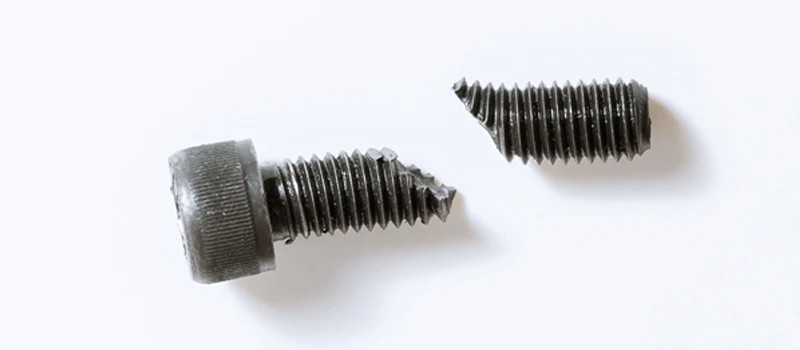Complete Guide to Hot-Dip Galvanizing for Fasteners: Process, Benefits, and FAQs
Hot-dip galvanizing (HDG) is one of the most effective methods for corrosion protection in fasteners, bolts, and structural steel components. It provides long-term durability in construction, transportation, and industrial applications. In this guide, we will explore the hot-dip galvanizing process, compare it with other galvanizing methods, discuss its drawbacks, and answer key industry-related FAQs.
🛠️ What is Hot-Dip Galvanizing?
Hot-dip galvanizing (HDG) is a process in which steel fasteners are immersed in molten zinc to form a protective zinc-iron alloy layer. This coating serves as a barrier against corrosion and provides cathodic protection, meaning it can protect even if the coating gets scratched.
Compared to electro-galvanizing, G90 hot dipped galvanized steel, and Dacromet coatings, hot-dip galvanizing offers superior durability, making it ideal for harsh environments such as marine, chemical, and outdoor structural applications.
🔥 Hot-Dip Galvanizing Process
1. Surface Preparation
Before immersion in the galvanizing plant, fasteners undergo a thorough cleaning process to ensure proper adhesion of the zinc coating. This includes:
✔ Degreasing – Removes oil, grease, and organic contaminants.
✔ Pickling – Uses hydrochloric acid to eliminate oxide scales and rust from galvanized steel surfaces.
✔ Fluxing – Prevents oxidation before immersion in molten zinc, ensuring uniform coating adhesion.
2. Hot-Dip Galvanization
🔹 The fasteners are immersed in a molten zinc bath at approximately 450°C (842°F).
🔹 A metallurgical reaction occurs, forming a zinc-iron alloy layer, ensuring high durability and corrosion resistance.
3. Cooling and Inspection
✔ Cooling – The hot dip galvanized fasteners are cooled using air or water to stabilize the coating.
✔ Inspection – The coating thickness is measured using a magnetic thickness gauge, ensuring compliance with ASTM A123 standards.
⚖️ Which is Better: Hot-Dipped or Electro-Galvanized?
When choosing between hot-dip galvanizing and electro-galvanizing, consider the protection, application, and cost differences.
| Factor | Hot-Dip Galvanizing (HDG) | Electro-Galvanizing |
|---|---|---|
| Corrosion Resistance | ⭐⭐⭐⭐⭐ (30+ years outdoor) | ⭐⭐⭐ (5-10 years indoor) |
| Coating Thickness | 50-85μm | 5-10μm |
| Durability | High (Metallurgical Bond) | Moderate (Adhesive Bond) |
| Application | Outdoor, Industrial, Marine | Indoor, Automotive |
| Cost | Moderate | Low |
Verdict:
✔ Hot-dip galvanizing is the best choice for long-term protection, ideal for construction, bridges, highways, and heavy-duty fasteners.
✔ Electro-galvanizing is better suited for light industrial and indoor applications, such as automotive parts and electrical enclosures.
⚠️ What Are the Drawbacks of Hot-Dip Galvanizing?
While hot-dip galvanizing is highly effective, there are some limitations to consider:
1. Risk of Warping
High temperatures in the hot dip galvanizing process can cause thin-walled fasteners to warp.
2. Zinc Build-Up on Threads
Excess zinc coating can make threaded fasteners difficult to fit, requiring post-processing (re-tapping threads).
3. Rough Surface Finish
The galvanized surface may appear uneven or textured, making it less aesthetically appealing than electro-galvanized coatings.
4. Limited Color Options
Unlike paint coatings, hot dip galvanized fasteners come in a standard silver-gray finish. Additional powder coating or painting is needed for custom colors.
💰 Is Hot-Dip Galvanizing Expensive?
The cost of hot-dip galvanizing depends on material type, coating thickness, and production volume.
| Coating Method | Cost | Durability | Best Use Cases |
|---|---|---|---|
| Hot-Dip Galvanizing | Moderate | ⭐⭐⭐⭐⭐ (30+ years) | Construction, industrial, marine |
| Electro-Galvanizing | Low | ⭐⭐⭐ (5-10 years) | Indoor use, automotive, electrical |
| G90 Hot Dipped Galvanized | Moderate | ⭐⭐⭐⭐ (10-20 years) | Roofing sheets, steel framing, HVAC |
| Dacromet Coating | High | ⭐⭐⭐⭐ (10-20 years) | Chemical and high-temp resistance |
| Paint Coatings | Low | ⭐⭐ (5-10 years) | Aesthetic applications |
Verdict:
✔ Hot-dip galvanizing is a long-term cost-effective solution, reducing maintenance and replacement costs.
✔ Although initial costs are higher than electro-galvanizing, it provides superior durability and corrosion resistance.
✔ For construction, infrastructure, and marine industries, hot-dip galvanizing is the most economical choice.
🔚 Final Thoughts
Hot-dip galvanizing is one of the most reliable corrosion protection methods for fasteners, bolts, and structural steel.
✅ It outperforms electro-galvanizing in outdoor and high-exposure applications.
✅ While it has some drawbacks, such as thread coating build-up, its advantages far outweigh the limitations.
✅ Although initially more expensive, hot-dip galvanizing saves costs over time by reducing maintenance needs.
For more details on galvanizing plants, compliance with ASTM A123, or inquiries about hot dip galvanized fasteners, feel free to reach out! 🚀






